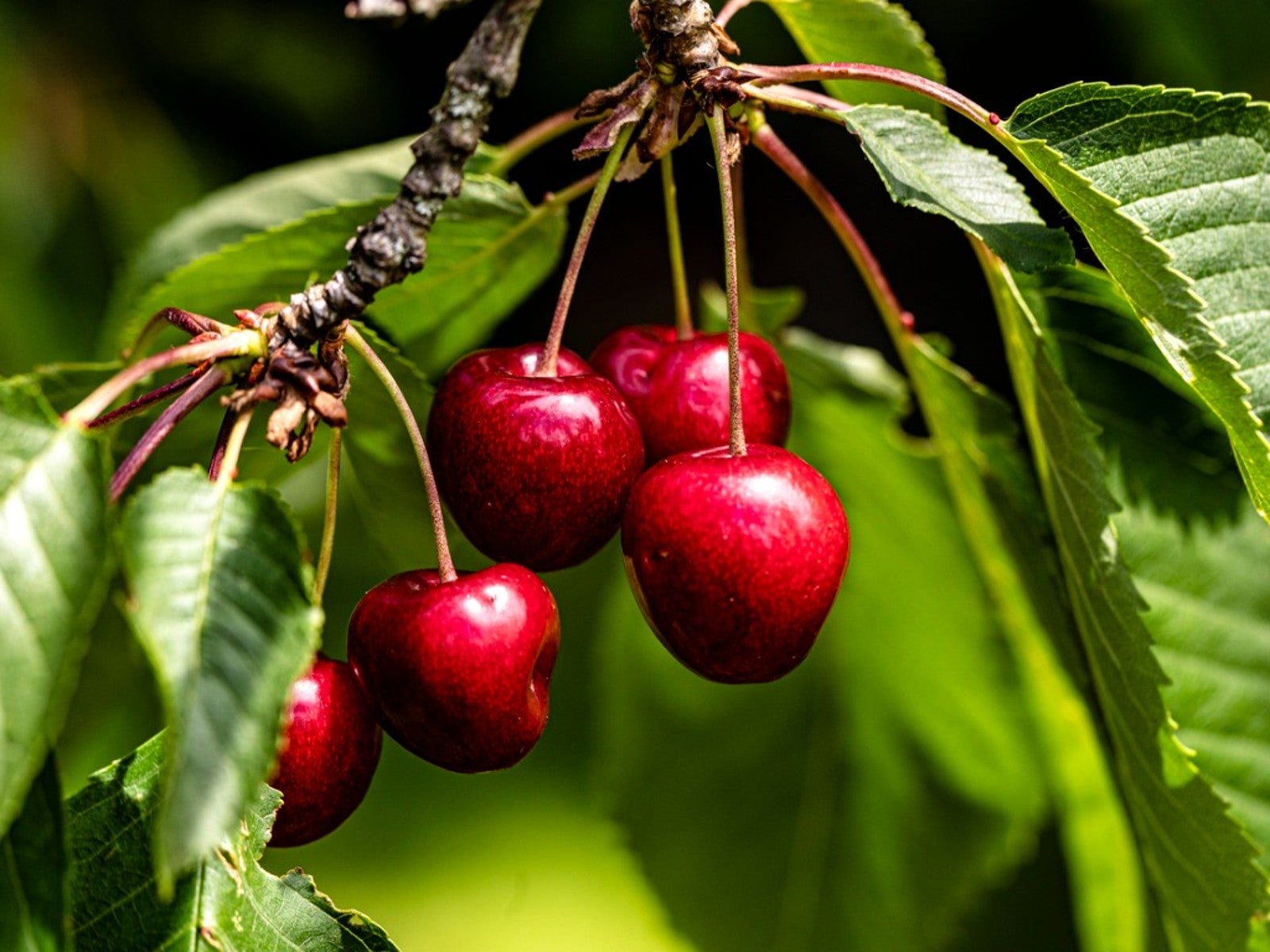The Cherry Tree: A Symbol of Spring and Renewal
The cherry tree, with its delicate blossoms and sweet fruit, has captivated the human imagination for centuries. A symbol of spring, renewal, and fleeting beauty, the cherry tree holds a special place in cultures around the world. From the ancient Chinese and Japanese traditions to the modern-day appreciation of its aesthetic value, the cherry tree continues to inspire and enchant.
Historical Significance and Cultural Symbolism
The cherry tree has deep roots in Asian cultures, particularly China and Japan. In China, the cherry tree, known as “ying tao,” is associated with love, beauty, and the fleeting nature of life. It is often depicted in poetry and paintings, symbolizing the ephemeral beauty of youth and the inevitability of change.

In Japan, the cherry blossom, or “sakura,” is a national symbol and holds immense cultural significance. The annual cherry blossom season, known as “hanami,” is celebrated with picnics and festivities under the blooming trees. The cherry blossom’s short lifespan, often lasting only a week or two, is seen as a reminder of the impermanence of life and the importance of appreciating the beauty of the moment.
Botanical Characteristics and Varieties
The cherry tree, scientifically known as Prunus, is a genus of flowering plants in the Rosaceae family. It encompasses a wide variety of species, each with its unique characteristics and growing habits. Some of the most well-known cherry tree varieties include:
Japanese Cherry (Prunus serrulata): This species is native to Japan and is known for its abundant and showy blossoms. It comes in various cultivars with different flower colors, including pink, white, and red.

Cultivation and Care
Cherry trees are relatively easy to grow in suitable climates. They prefer well-drained soil and full sun to partial shade. Proper pruning is essential for maintaining tree health and shape. Regular fertilization can also help promote vigorous growth and flowering.
While most cherry tree varieties are self-pollinating, some require cross-pollination to produce fruit. Planting multiple compatible varieties can increase fruit yield.
The Beauty of Cherry Blossoms
:strip_icc()/cherry-tree-bhg-102823423-4cd43b6763234fafbfff7effa2a3edd3.jpg)
The cherry blossom is a sight to behold. Its delicate petals, often tinged with pink or white, create a stunning display of color and texture. The blossoms are typically arranged in clusters, resembling tiny clouds or fluffy balls. The ephemeral nature of the cherry blossom season adds to its allure, as people cherish the fleeting beauty of these blossoms.
The Cherry Tree in Art and Literature
The cherry tree has been a popular subject in art and literature throughout history. Poets and writers have used the cherry tree to symbolize beauty, transience, and the cycle of life. Artists have captured the delicate beauty of cherry blossoms in paintings, sculptures, and other forms of expression.
The Cherry Tree in Modern Culture
Today, the cherry tree continues to hold a special place in popular culture. Cherry blossom festivals are celebrated around the world, attracting visitors from all walks of life. The cherry tree’s symbolism of renewal and hope has made it a popular choice for gardens, parks, and public spaces.
Conclusion
The cherry tree is more than just a beautiful flowering tree. It is a cultural icon, a symbol of spring and renewal, and a source of inspiration for artists and writers. Whether you appreciate its aesthetic value, its historical significance, or its role in modern culture, there is no denying the enduring appeal of the cherry tree.

:max_bytes(150000):strip_icc()/how-to-grow-coleus-1402921-02-6ca494adf94f4a5887c94256a24ebf33.jpg?w=200&resize=200,112&ssl=1)



:max_bytes(150000):strip_icc()/hoya-plants-1315763-hero-fe8b10a522eb4d7e9ada8abbc303fbc5.jpg?w=200&resize=200,112&ssl=1)